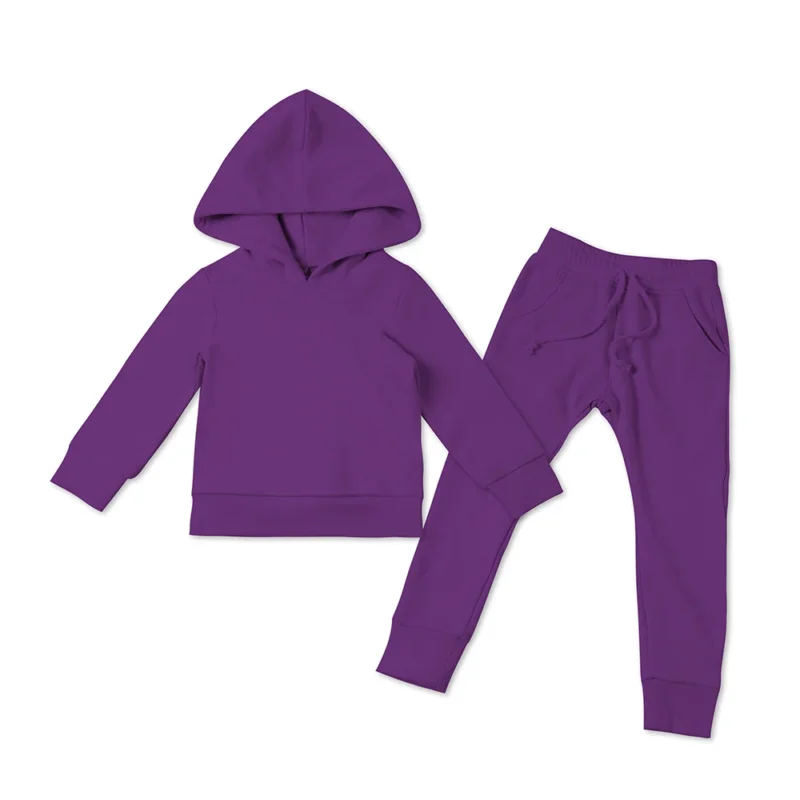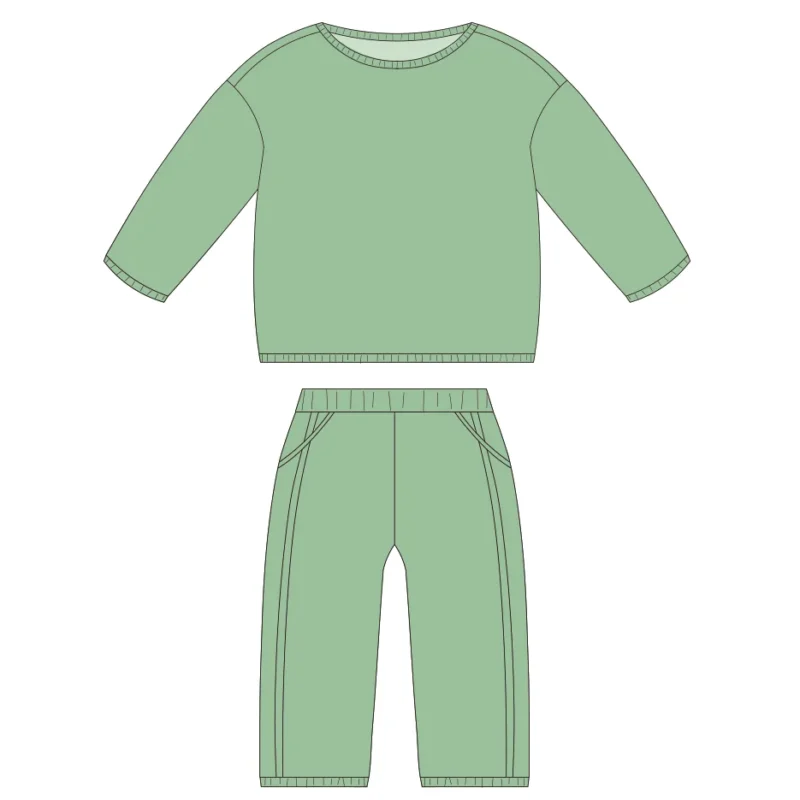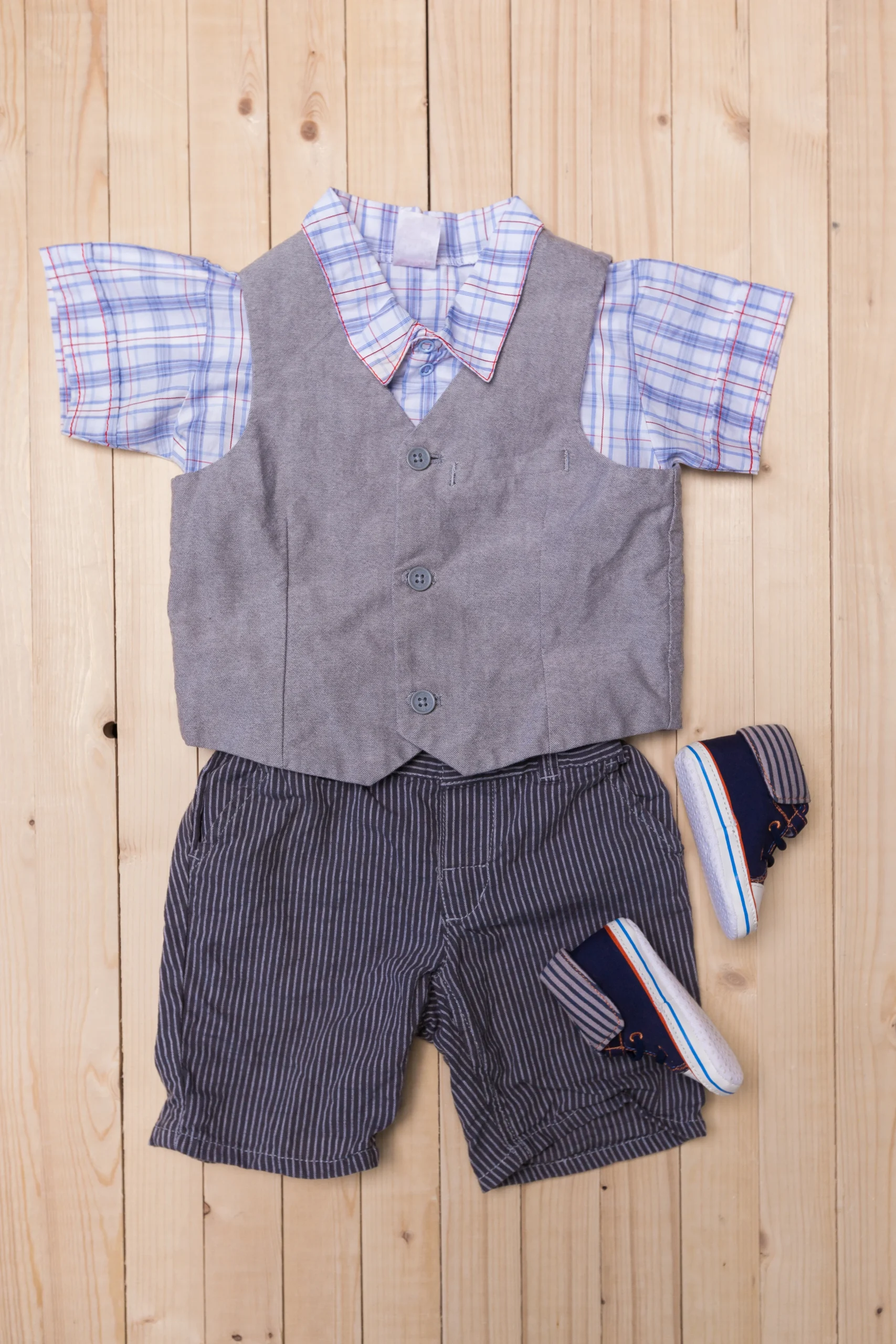Learn key strategies for global kids’ clothing sourcing: understand regional preferences, select ethical manufacturers, navigate logistics, and adapt marketing. Delpnana’s success shows how to meet international demands with quality, compliant products.
Understanding International Market Demands
Consumer Preferences by Region
Kids’ clothes look different depending on where you sell them. Every place has its own style. Delpnana, a company with 14 years of making clothes for moms and babies, gets this. They send clothes to places like the United States, Australia, and Europe. There, folks want green stuff, like clothes made from organic cotton. Delpnana picks soft, safe cotton to make cozy outfits. These are good for kids and the planet.
In Asia, people might like bright colors or patterns that fit their traditions. So, Delpnana makes all kinds of kid clothing sets to match what each country wants.
Cultural Influences on Clothing Choices
What people believe changes how they choose kids’ clothes. In the USA and Europe, parents love easy, comfy outfits. Delpnana’s kid clothing sets are great for this. They’re soft and simple to wear. But in places like Japan or Korea, people might want fancier clothes with cool details. Delpnana switches up their designs to fit each country’s style. Knowing these differences helps them make clothes that kids and parents love.
Selecting the Right Manufacturing Partners
Evaluating Supplier Capabilities
Finding a great factory is a big deal. It makes sure clothes are top-notch and arrive on time. Delpnana teams up with factories that follow tough rules to keep quality steady. They check if a factory can make lots of clothes, ship them fast, and do special orders.
Delpnana loves custom stuff, like putting logos or fun patterns on clothes. So, they need factories that can do that well. They also make sure factories follow safety rules for kids’ clothes. This keeps outfits safe for little ones.
Certifications and Compliance
Selling kids’ clothes around the world means sticking to safety rules. In the USA, clothes need to pass the Consumer Product Safety Improvement Act (CPSIA). This checks if clothes are the right size, safe, and won’t catch fire easily. Australia has its own rules, too. Delpnana makes sure their clothes meet these standards. They pick factories that follow these rules to avoid trouble, like having to take clothes off store shelves.
Assessing Ethical and Sustainable Practices
Being kind to the planet is super important now. People want clothes that don’t hurt the environment. Delpnana uses natural cotton, like the organic kind, for their kid clothing sets. This matches what lots of customers want.

When picking factories, Delpnana checks if they treat workers nicely and use green ways to make clothes. Do they pay workers enough? Do they keep things clean? These things matter a lot. Choosing good factories makes Delpnana look awesome and keeps customers smiling.
Navigating Logistics and Supply Chain Challenges
Shipping and Import Regulations
Getting clothes to other countries can be tough. Every place has different rules for taxes and shipping. Delpnana, with tons of experience, works with shipping pros to make it easy. They keep up with new rules in places like Europe or the USA. This helps them avoid hold-ups and get clothes to stores on time.
For example, if a country changes its tax rules, Delpnana knows right away. They talk to their shipping partners to fix any problems fast.
Inventory Management Strategies
Having the right amount of clothes in stock is super important. Too many clothes waste money. Too few mean you miss sales. Delpnana makes all sorts of kid clothing sets, from everyday shirts to fancy dresses. They plan ahead for busy times, like Christmas or back-to-school season.
They use tools to guess how many clothes each country will buy. For instance, they might stock more warm jackets for Europe’s winter. This way, they always have enough clothes without piling up extras.
Risk Management in Global Sourcing
The world can be crazy sometimes. Storms, wars, or health problems can mess up making or shipping clothes. Delpnana plans ahead to stay safe. They work with different factories, so if one has trouble, another can step in. They also keep extra clothes in stock for emergencies. This helps them keep selling, even if something goes wrong.
For example, if a storm stops a factory, Delpnana can use another one to keep clothes coming. This keeps their business running smoothly.

Marketing and Positioning in International Markets
Brand Localization Strategies
To sell in new places, you gotta fit in. Delpnana changes their ads to match what people like in each country. In Europe, they talk up how their clothes are green and safe. In Asia, they show off fun, colorful designs. They also fix their website and packaging to use local languages or styles. This makes people feel like Delpnana really understands them.
For instance, in Japan, they might use cute cartoon characters on their ads. In the USA, they focus on comfy, everyday clothes. This helps them connect with customers everywhere.
Leveraging E-commerce Platforms
Online stores are a cool way to reach people all over. Delpnana uses sites like Amazon, Alibaba, and Etsy to sell their kid clothing sets. These sites let them show their custom designs to stores and parents worldwide. They add great pictures, easy-to-read descriptions, and customer reviews to make their clothes stand out online.
Building Relationships with International Retailers
Teaming up with stores in other countries is a big deal. Delpnana knows how to work with big buyers and sellers. They build trust by sending quality clothes on time. For instance, if a store in Europe needs more summer dresses, Delpnana makes sure they get them fast. Strong partnerships help them grow and keep selling in new places.
Conclusion
Sourcing kid clothing sets for the world takes lots of planning. You gotta know what people want, find good factories, follow safety rules, and ship stuff right. Delpnana does all this while keeping quality high and being eco-friendly. They stay on top of what’s popular and plan smart. This way, kids everywhere get comfy, cool clothes that parents love.
FAQ
Q1. What are the most important certifications for sourcing kid clothing sets?
A: In the USA, the CPSIA checks if clothes are safe, the right size, and won’t catch fire. Australia has similar rules. These make sure kids’ clothes are okay to wear.
Q2. How can I ensure my clothing sets meet sustainability standards?
A: Use natural stuff like organic cotton. Work with factories that treat workers well and don’t harm the planet. This keeps your clothes green.
Q3. What are the best strategies for managing inventory when sourcing internationally?
A: Use tools to guess how many clothes you’ll need. Talk to factories a lot. Plan for busy times so you don’t have too many or too few clothes.

